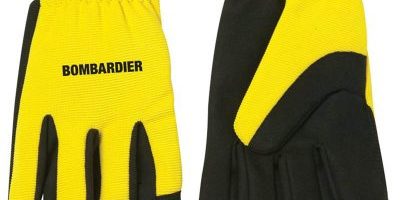In the world of firefighting, heat-resistant gloves are essential tools that protect the hands of brave firefighters as they battle raging infernos. These specialized gloves offer critical thermal protection and dexterity, allowing firefighters to perform their lifesaving duties effectively and safely. Let’s delve into the vital role of heat-resistant gloves in firefighting:
- Intense Heat Protection: Firefighters encounter extreme heat while combating fires. Heat-resistant gloves are designed to shield hands from direct contact with hot surfaces, flames, and embers, minimizing the risk of burns and injuries.
- Thermal Barrier: The gloves act as a thermal barrier, reducing the transfer of heat from the fire to the firefighters’ hands. This allows firefighters to work closer to the fire source, improving their ability to suppress flames and conduct search and rescue operations.
- Flame Retardant Properties: Heat-resistant gloves are often made with flame-retardant materials, which can withstand high temperatures without catching fire. This critical feature provides an additional layer of protection in intense fire conditions.
- Enhanced Grip and Dexterity: Despite their thermal resistance, heat-resistant gloves maintain excellent grip and dexterity. This enables firefighters to handle equipment, hoses, and tools with precision and confidence during complex firefighting tasks.
- Reinforced Stitching: Heat-resistant gloves undergo rigorous testing and feature reinforced stitching to ensure their durability and resistance to wear and tear in the demanding firefighting environment.
- Extended Cuffs: Many firefighting gloves come with extended cuffs that cover the wrists and lower arms. These longer cuffs provide added protection to these vulnerable areas from radiant heat and potential exposure to hot debris.
- Water and Chemical Resistance: Some heat-resistant gloves used in firefighting are designed to resist water and chemicals, preventing moisture from seeping in and providing protection during operations involving hazardous materials.
- Structural and Wildland Firefighting: Heat-resistant gloves are tailored for different firefighting scenarios, including structural and wildland firefighting. Structural firefighting gloves are suitable for interior firefighting, while wildland firefighting gloves are designed for outdoor operations in forested areas.
The importance of heat-resistant gloves in firefighting cannot be overstated. These gloves are crucial safety tools that empower firefighters to face the intense heat and hazards of fire incidents. The continuous development of heat-resistant glove technologies ensures that firefighters receive the best possible protection as they carry out their courageous and life-saving missions.






















